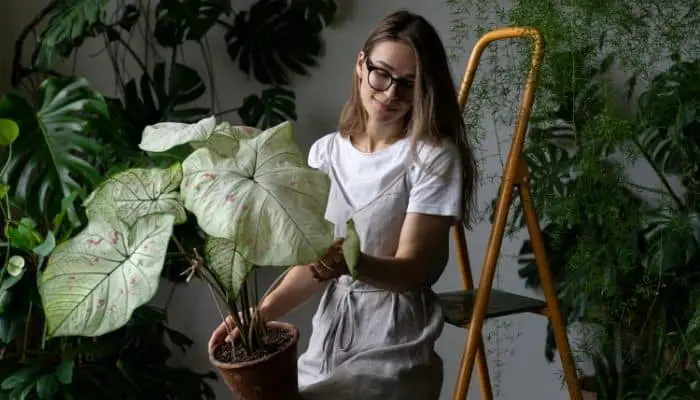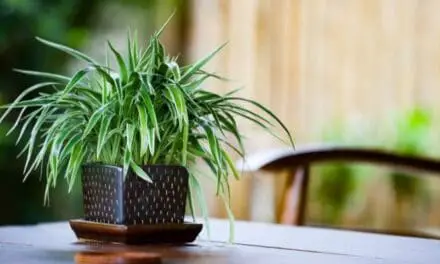Having all of your favorite houseplants gathered together in a room halfway up your garden is going to make you want to visit that room a lot, but would it also make you want to sleep there, and how safe or practical would that be?
Table of Contents
Can You Sleep In A Garden Room?

It is perfectly safe for you to sleep in a confined garden room with your plants but local planning regulations may not allow you to do it.
Is It Safe To Sleep In A Garden Room?
Regarding sleeping in a confined space with all of your plants, yes, it is safe to sleep in a garden room.
The tiny amount of carbon dioxide your plants emit at night and the tiny amount of oxygen they consume won’t have any impact on air quality.
And if your garden room contains air purifying plants like Dracaena and snake plants, the air you breathe in your garden room will be improved.
What Does The Law Say About Sleeping In Your Garden Room?
Most garden rooms are classed as outbuildings and you can’t sleep in them legally unless you have permission.
You may be able to use them as a guest room occasionally, but if you plan to live in your garden room, you need a permit.
You also need to think about how to heat the garden room, make sure it’s weatherproof, and add plumbing and electricity.
The regulations you have to deal with will depend on where you live and what local, state, and national rules govern your home.
You cannot just put a building up in your garden and move into it in most circumstances.
While lots of local authorities do allow you to add small buildings to the garden without a permit, you will rarely be allowed to sleep in the building.
If you intend to do that, you will need to check out the local rules and make sure you are following them.
In most circumstances, you won’t have an issue if you put a guest bed out there and house the occasional overnight stay, but long-term living will need the relevant permission and will have to meet certain standards in order to be legal.
Many tiny homes are allowed by local laws, but it will be necessary to obtain specific information from your local authority before you try to move forward with this.
Fortunately, permits are not too difficult to get in most jurisdictions, so if you want to move into a garden room (or you know someone who does), you just need to apply for permission.
You Might Also Like: Is It Safe To Sleep In A Room Full Of Plants At Night?
Get Permission Before You Build A Garden Room
Don’t start building until you have permission; you may not get it, or you might find that there are certain criteria you need to meet.
It’s always best to wait until a permit has been granted before you begin your project.
Permits may make stipulations about safety, positioning, size, materials, and even the aesthetic of the building.
That’s partly why you really need a written agreement before you proceed, or you may find you have to take your garden room down again because it doesn’t comply with the rules.
Making Your Garden Room Comfortable To Sleep In
You also need to think about the garden room’s suitability as a sleeping environment, not just the legality of turning it into an extra bedroom.
Insulation
Garden rooms are rarely well-insulated, and that means you’ll be spending a lot of money keeping it warm or cool (depending on the time of year and where you live).
You should think about adding insulation if possible, or building it into the original design if you haven’t yet added the shed.
This can help with soundproofing as well, which might be important if you live somewhere with loud neighbors or lots of wildlife.
Plumming
Things like plumbing also need to be taken into account.
If you aren’t joining the building onto the main house, a toilet and sink may be necessary, unless you fancy trekking across the garden in the middle of the night.
In some areas, composting toilets may be permitted, but you will still have to consider water for handwashing.
Electricity
Electricity is also going to be important, partly for temperature control and partly for convenience and even safety.
You need to be able to see where you are going and what you’re doing at night, and often a torch won’t be sufficient.
A power strip for charging phones and laptops is pretty much a necessity in today’s world.
If you’re going to live in your garden room, rather than just sleep in it, you might also want to think about adding a cooker or at least a microwave.
Summary
Turning a garden room into an extra bedroom or even separate living space can be a great way for people to keep costs down while expanding the home.
However, you will need to ensure you are complying with local legislation and that you have permission to use a garden room for sleeping in.




